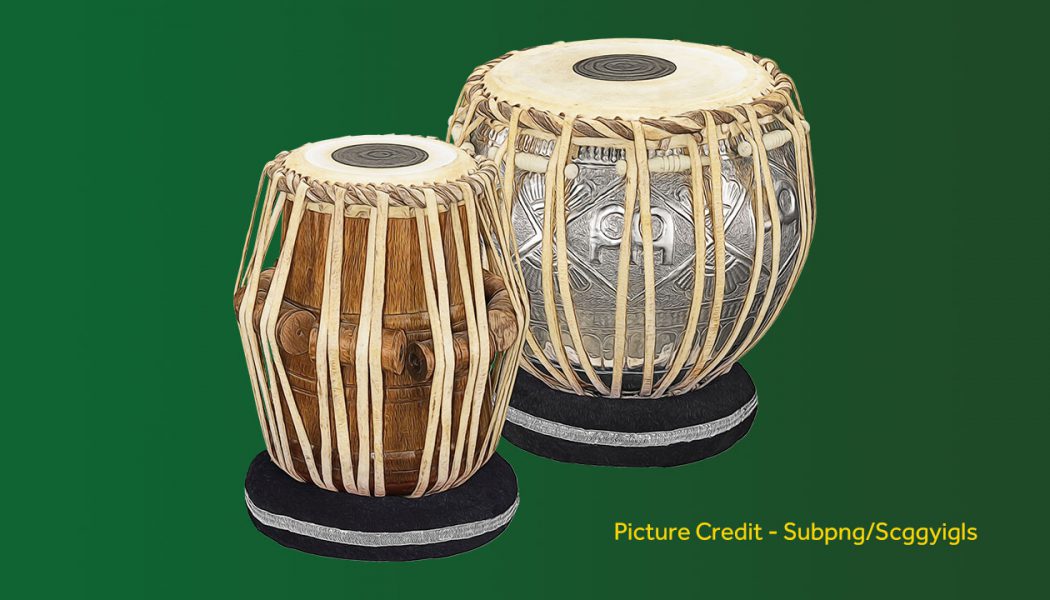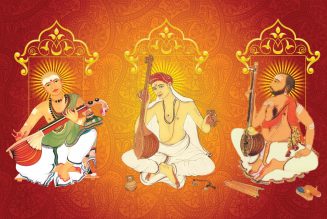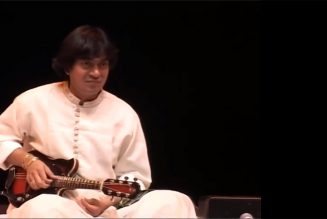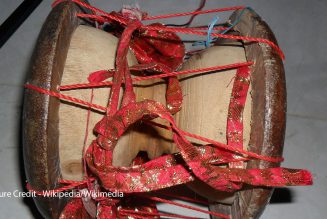Tabla does not need an introduction to many, like Mridangam, Guitar and similar musical instruments. But there could be few who are not familiar with Tabla. This article is for them.
Like Mridangam, Tabla is also having its origin from the Indian Subcontinent. Tabla is an important instrument in Hindustani Classical Music almost since the 18th Century. It is a pair of Twin Hand Drums. The name could have come from the word “Tabl” which is an Arabic word for “Drum”.
The two drums of Tabla are small but of different sizes and shapes. The single header, hollow body of the drums are made of wood, clay or metal. A membrane usually leather is stretched over the open end of the body and tightened with the help of straps. The smaller drum is known as “Daya” – Right – and is used for creating Treble and Tonal sound. The bigger drum, known as “Bayan” – Left – is used for producing Bass sound.
Construction
The small drum which is called also as Dahina, Siddha or Chattu is made from a conical piece of teak and rosewood. The drum is hollowed out to approximately half of its depth. Daya is about 15 centimetres in diameter and 25 centimetres in height. It is normally tuned to a specific note to complement the melody.
Bayan is bigger than Daya which is about 20 centimetres in diameter and 25 centimetres in height. It is also called as Duggi or Dhama. Its shape resembles a Kettledrum and has a hemispherical shape. Bayan is made up of different type of materials where brass is commonly used and copper, which is expensive is the best. Inexpensive models are made out of Aluminium and Steel. Bayans produce a bass effect.
The central area of both drums have “Tuning Paste” called “Syahi”. Syahi is black in colour and has a circular shape made of mixture of Flour, Water and Iron fillings. It functions by loading only a portion of the stretched membrane with weight. It alters the resonance frequency of lower order sounds in the right hand side drum (Daya) of the Tabla.
Playing Tabla
Tabla is played using fingers and palms with a complex technique, producing various types of sounds and rhythms. The mnemonic Syllables in which Tabla is played is called “Bol”.
The two popular systems for writing notations were created by Vishnu Digambar Paluskar and Vishnu Narayan Bhatkhande. Both these systems have bols written down in a script such as Latin or Devanagari. Talas are composed of the basic elements Bols and define musical meter of a composition. Talas are characterized by a group of Matras in a different time cycle.
Popular Talas in Hindustani Classical Music include the following.
- Teental
- Jhoomra Tal
- Tilwada
- Dhamar
- Ektal
- Jhaptal
- Keherwa
- Rupak
- Dadra



